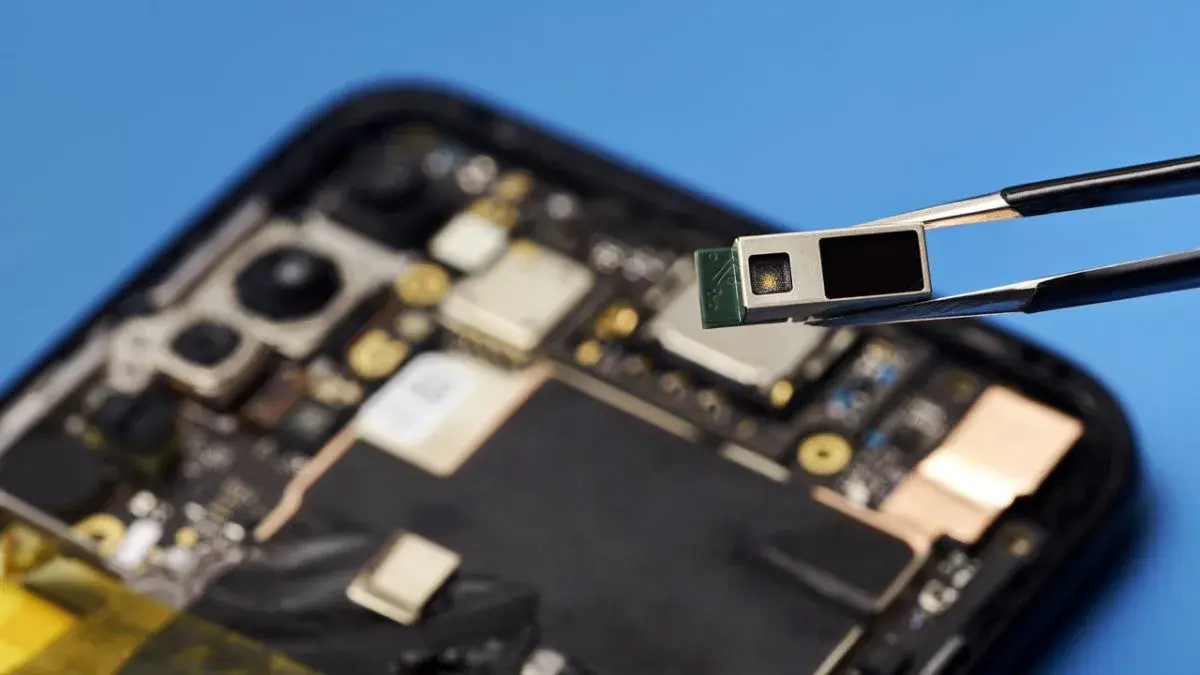Is this expected to be a niche technology, or is it something that regular people will use? Seems like it would be a hassle to make sure that your li-fi receivers are within line of sight of your li-fi transmitters or whatever.
Probably for stationary, network connect devices like desktop computers, gaming consoles, and TVs.
I could imagine it being installed on ceilings within certain rooms. Devices could be connected to both lifi and wifi. If lifi isn’t working it could fall back to wifi. But in reality, I have a feeling this will just be in niche scenarios, yes. I can imagine wifi getting 100x faster before this catches on.
This is cool and all, but Wi-Fi and Li-Fi are equally “light-based”, it’s just using different frequencies. A higher frequency means potentially faster data transmission, but at the cost of faster attenuation. We see this with 2.4GHz vs 5GHz wifi already, and this sounds to me like a more extreme version of that
Idk. Lifi uses actual light waves which are quite high up the spectrum. For sure Wi-Fi and Li-Fi are both electromagnetic waves, but light itself is a very small section of the EM spectrum. Above that wavelength you get ionizing radiation that gives you cancer and below that is harmless non-ionizing light and radio waves.
Regardless of if it’s on the visual spectrum or not, it’s all called light as long as it’s electromagnetic radiations
Radio waves are light, gamma rays are light, gravitational waves are not, sound waves are not
Radio waves are light too. The article says that they’re planning to use near infrared range for Lo-Fi. It will basically be mostly limited to short distances and line of sight. I also wonder how natural light in those frequencies from cooking, exhaust etc. would affect the signal.
Really makes you think about its “Security through obscurity” approach! 😆😆
As neat at this is I can’t see this making it’s way into any large use in its current form it seems more like a novelty on the way to something useful rather than something useful itself
I heard about this tech several years ago. Good to see progress being made







